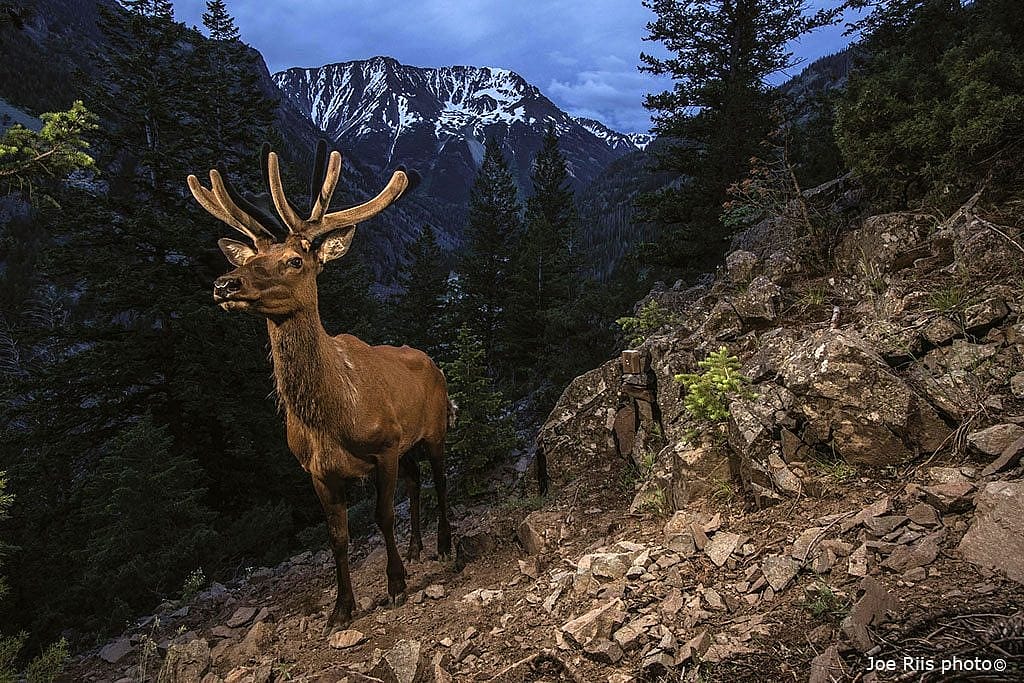
National Geographic opens exhibition on Yellowstone wildlife migration
The paths traced by elk migration—nine separate herds in all—within the Greater Yellowstone Ecosystem crisscross the region like a Jackson Pollock abstract painting on canvas. Now, awaiting visitors to National Geographic headquarters in Washington, DC, is the exhibition Invisible Boundaries: Exploring Yellowstone’s Great Animal Migrations, organized by the Draper Natural History Museum of the Buffalo Bill Center of the West, appeared at National Geographic headquarters in Washington, DC, from April 15 through May 27, 2016.
Indeed, the Greater Yellowstone Ecosystem lies right in the path of some of the most significant animal migrations on Earth, each one weaving in and out, back and forth through lands under a variety of separate, public and private jurisdictions. The Invisible Boundaries exhibition attempts to sort out the barriers to these nomadic species. After its run at National Geographic headquarters, it was on exhibit at the Center of the West and then moved to Yale University.
Invisible Boundaries springs from a research grant awarded to Arthur Middleton and Joe Riis through the 2013 Camp Monaco Prize under a partnership among the Prince Albert II of Monaco Foundation-USA, Buffalo Bill Center of the West’s Draper Natural History Museum, and University of Wyoming’s Biodiversity Institute. The exhibition is a multidisciplinary endeavor that also features the work of artist, writer, and naturalist James Prosek.
Invisible Boundaries demonstrates that drawing political lines on a map, without attention to historical and critical movement patterns of elk and other migratory species of wildlife is a recipe for trouble. The exhibition examines the reasons behind these amazing journeys and shares cutting-edge conservation science within one of the world’s most renowned natural heritage sites.
The Center of the West organized Invisible Boundaries through its Draper Natural History Museum and Whitney Western Art Museum, in partnership with Yale University’s School of Forestry and Environmental Studies, the Yale Institute for Biospheric Studies, the Wyoming Migration Initiative of the University of Wyoming, and with exhibition designer, Split Rock Studios.
Since 1917, the award-winning Buffalo Bill Center of the West in Cody, Wyoming, has devoted itself to sharing the story of the authentic American West. The Center is an affiliate of the Smithsonian Institution. For additional information, visit centerofthewest.org or the Center’s Facebook page.
Written By
Nancy McClure
Nancy now does Grants & Foundations Relations for the Center of the West's Development Department, but was formerly the Content Producer for the Center's Public Relations Department, where her work included writing and updating website content, publicizing events, copy editing, working with images, and producing the e-newsletter Western Wire. Her current job is seeking and applying for funding from government grants and private foundations. In her spare time, Nancy enjoys photography, reading, flower gardening, and playing the flute.










